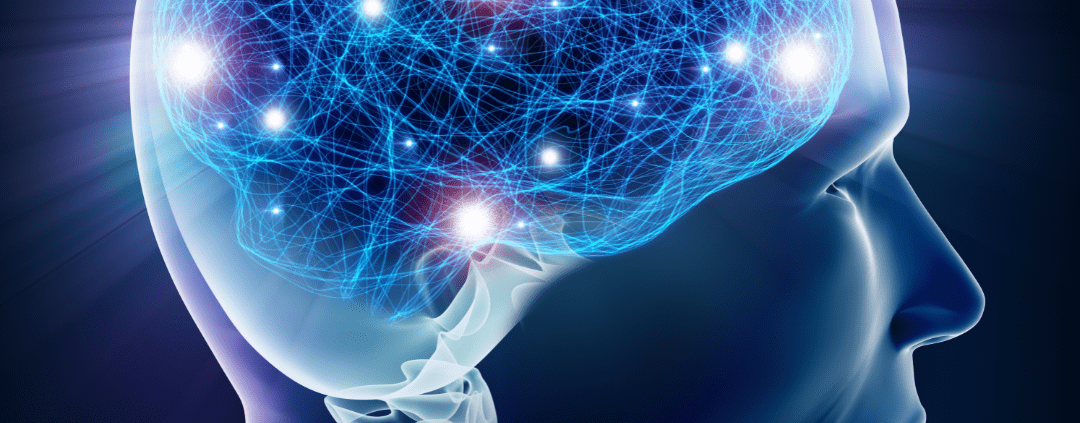Forming Connections
As connections to the higher parts of the brain form, pathways are established and reinforced. The cerebellum, home to nearly 70% of those neurons, plays a role in organizing those early primitive movements upwards from the brain stem. The better we build on these connections, the more we gain control over our movement. By encouraging exploration through practice, we’re helping children to learn coordination in their movement. Higher connections, like those to the prefrontal cortex and basal ganglia, come later, enabling us to act with more focus and consistency.
The structures that make up our brain never work in isolation and it’s important to create strong connections that reinforce how each work together. Poor connections to parts of our brain may result in aggressive behavior or the inability to process sensory information effectively. Speech and language, as well the ability to maintain focus and attention, are two areas that are also highly reliant on neural linkages.


